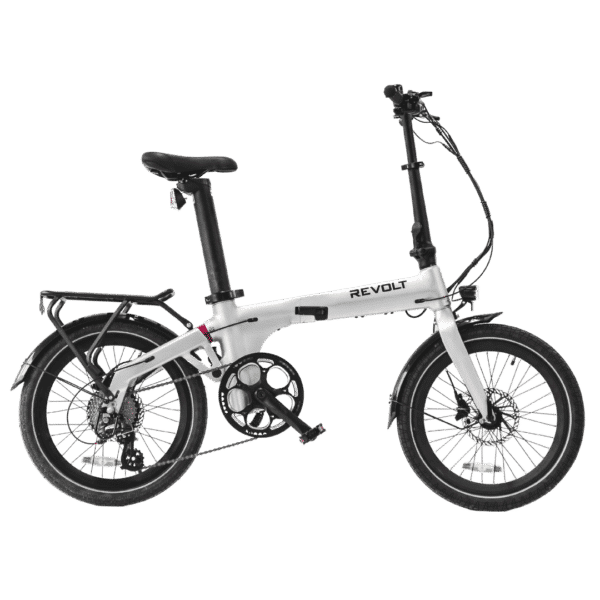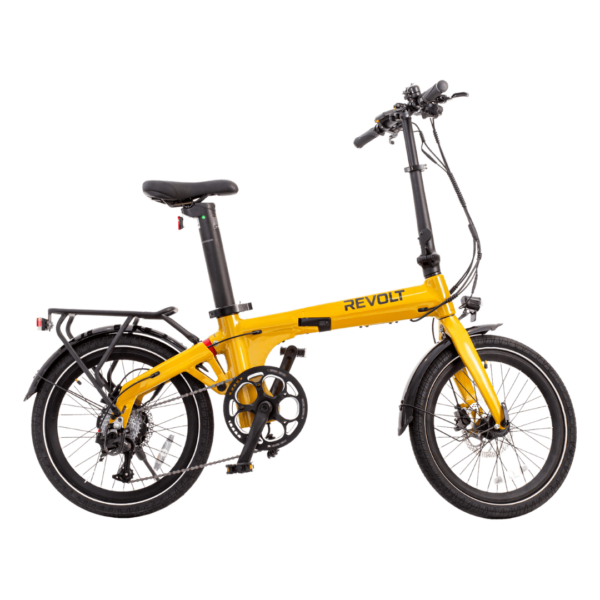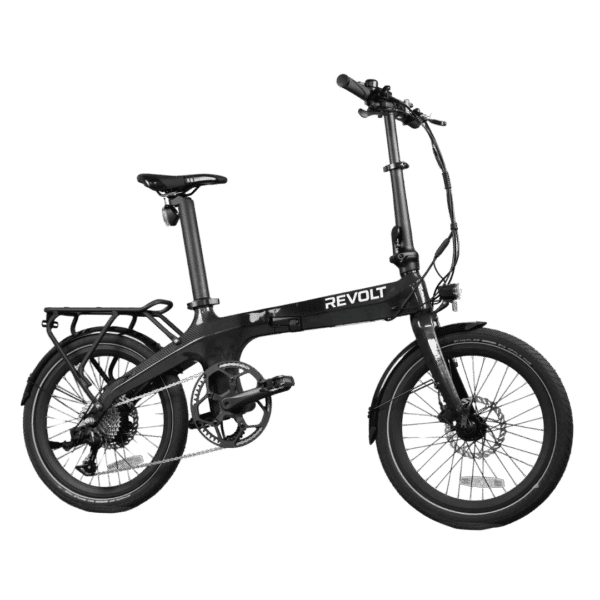Seems like a cyclist is in the search of the best mode of an e-bike. You are probably here to know which is better between pedal assist bikes and throttle-based e-bikes. Here is the complete guide to help you make a final decision for yourself.
What is Pedal Assist on an E-Bike?
As the name implies, the pedal assist system works by giving the bike a kind of push that results in a greater speed as compared to what the cyclist has been pedaling for.
This system uses a motor that amplifies the speed of the bike and works in conjunction with a sensor. These sensors can be of different kinds and all work differently. Some just detect whether the cyclist is pedaling or not, while others sense how much force the cyclist is applying.
Types of Pedal Assists:
Depending on the function of the sensor, two types of pedal assist are mostly used:
Cadence Sensor Pedal Assist:
Cadence sensor-equipped e-bikes only need to be pedaled. It doesn’t matter how firmly you press the pedal. The side of a crank can accommodate the cadence sensor, which is in the form of a disc accommodating some magnets.
It is advised to install it on the inner side of the shaft. It’s because placing it outside can prevent the sensor’s flawless operation because of the friction caused by your own feet. It detects whether the cyclist is pedaling or not and commands the motor on the basis of that.
The bike’s sensor turns on when the rider starts pedaling, activating the motor to increase speed, and turns off when the rider stops pedaling. At a particular level of assistance, the speed of the bike remains constant regardless of the force you put into the pedals. But as you increase the level of assistance, the speed increases too.
Torque Sensor Pedal Assist:
An advanced and powerful type of sensor called torque measures how ferociously the user is peddling the bike.
The motor amplifies the bike’s speed after receiving the measured force, providing the rider a higher output than his input. It does not have a steady speed, in contrast to the cadence sensor.
If you are pedaling gently, the speed will be amplified to a small extent only. On the other hand, the more you pedal forcefully, the more the motor amplifies and increases your output speed. Riding an e-bike equipped with a torque sensor feels natural and is similar to riding a normal bike.
What is a Throttle-Based E-Bike?
Riding a scooter that has a body similar to that of an e-bike feels exactly the same as riding a throttle-based e-bike. Though the bike has pedals and all the other parts that a normal bike has, the pedals can be useless if you prefer using throttle throughout your journey.
Some e-bikes that solely use the throttle system don’t even have pedals. Some e-bikes have a throttle as well as a pedal assist system at the same time. It allows you to mix up both modes of riding.
It works quite simply. You don’t have to do anything other than activate the throttle. Once you have activated the throttle and the motor has been engaged, the motor will take you on its own.
There are a lot of benefits of the throttle. You don’t have to pedal, not even a single time. It saves your energy and proves to be helpful, especially when you get tired or have to cross a rugged path that demands more of your energy. But there are some disadvantages as well.
For instance, as all the work is done by the motor, it is taking maximum power from the battery, which drains quickly and gives you a shorter range. Furthermore, if the bike has been modulated poorly, it becomes difficult to control.
Types of Throttles:
Thumb Throttles:
The thumb throttle only requires your thumb to push and activate the throttle. It is good for people who have wrist pain and cannot use other throttle types. Moreover, these are small in size and take up only a small space on the handlebar, whose position can be further regulated. But there’s a downside too.
Continuous use can cause pain in the thumb, and in winter it feels numb. Moreover, on bumpy roads, when it gets shaky, the thumb can easily be misplaced, mistakenly letting go of the throttle.
Half-Twist Throttles:
These types of throttles need to be twisted but don’t harm the wrists much as you only have to twist them halfway.
Rather than holding them with your entire hand, you can hold the throttle with just a few fingers. But the fingers can lose grip when the bike reaches a bumpy road.
Full-Twist Throttles:
As the name shows you have to twist these throttles to a complete rotation to activate them. They are often associated with wrist pain. But they turn out to be good for arthritic hands as you don’t have to use the fingers alone.
Some people don’t like them as they take up the maximum space on a handlebar, leaving no room for your customized handles to be shown.
Which Mode is the Best?
“The best” can only be defined when one knows the cyclist’s preference. Some prefer to pedal by themselves, while some prefer to be taken by the throttle.
Even after making the choice between these two, they have to go through another decision, which is the type of pedal assist or throttle. It also depends on the rider’s choice. Each of them has pros and cons. Analyze all of them and know your preferences before making a final decision.
Some countries don’t allow throttle bikes as they have a high speed. Make sure to go through what your country or state permits.
High-Quality E-Bikes: Where to Buy?
Revolt offers premium e-bikes. They are made up of the most durable materials and have the best batteries and range. You can get throttles from the accessories compartment and install them on your e-bikes. But the Revolt’s thumb throttle is not allowed on public roads due to European laws. It’s available for those who want to ride throttles on their private properties only.










